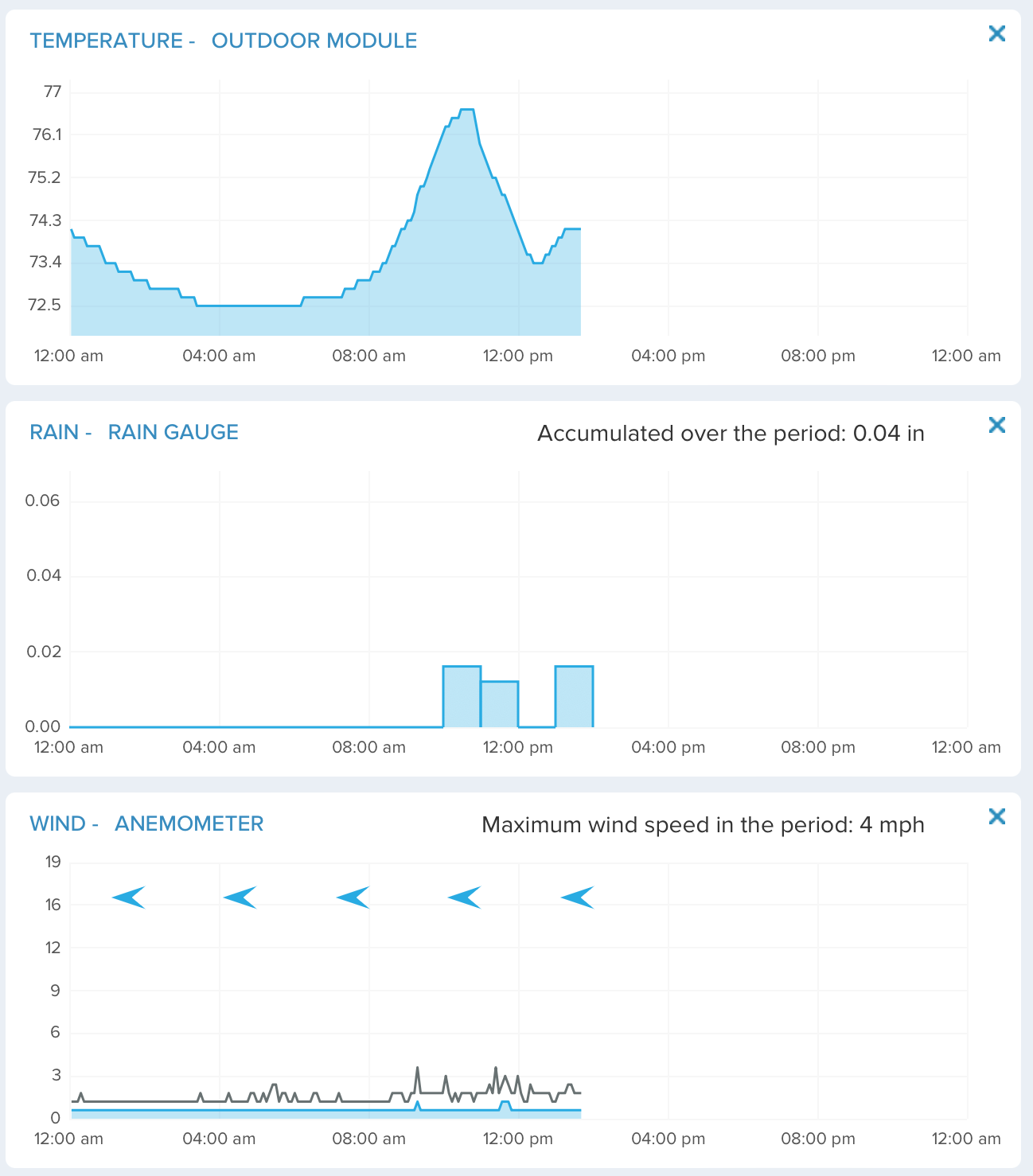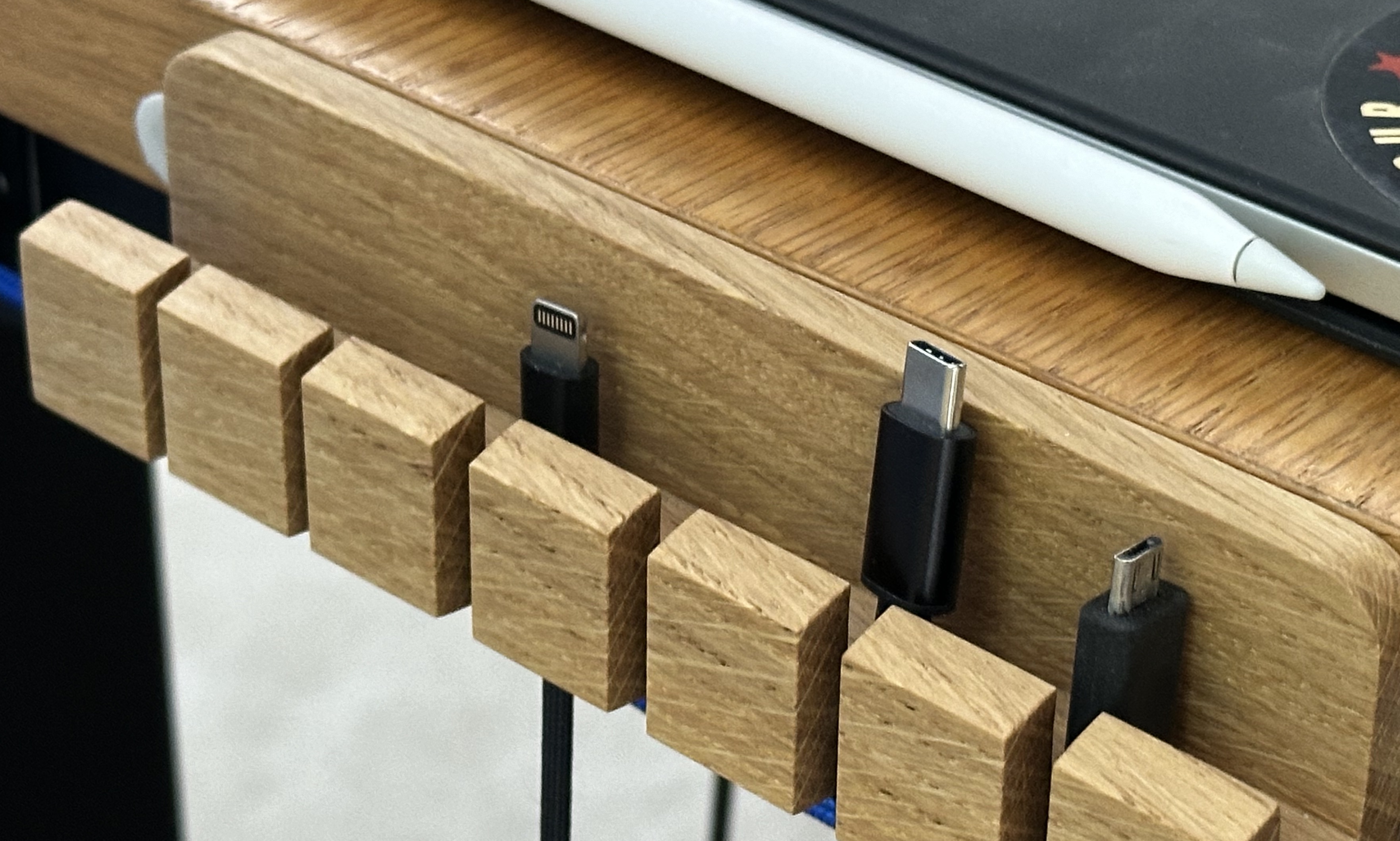This is not a topic that I talk about very much as it does not fit in my “brand” of a tech person. But we are all made of multiples, so you get a different topic today. Prior to COVID, Tiffany and I made what at the time seemed like reasonable attempts at exercise. We had a membership at a local gym and worked with a “personal” trainer once a week. That was good, but we would use that as an excuse to go to one of our local bars for a few beers and a really tasty burger and fries. Very reasonable, but we basically undid most of the benefits of the workouts. And the trainers at this gym were fine, but they should not be considered very serious; we did not get as much as I have now learned we could have.
When COVID hit and we were all at home, I found some online classes through Classpass, which is a good service. But through that, I was introduced to my first “real” trainer, Alex Najarian. She had started a 3-day-a-week online Zoom-based workout group. It started as a combo of kettlebell work plus HIIT, but very quickly transitioned to be just kettlebell. And it was serious. We had a regular group of 6-8 people doing 50 minutes of hard-style kettlebell work 3 times a week. I spent 2 years or so working with Alex before she decided to move on and handed us off to a new trainer, Nicole Bedoya, who continued my journey into kettlebell training. Through the years of lockdown, I lost a significant amount of weight and got myself to be the strongest and best shape I have ever been, even as I rapidly approach my 50th birthday. At the beginning of this year, Nicole needed to step away, and we found a new trainer, Colleen Conlon, who has taken me even further than I thought possible.
Three days a week at 8 a.m., I make it down to our basement/theater/gym and log in to Zoom and spend an hour pushing myself with a great group of strong, motivated, and encouraging friends. It has become such a critical part of my life that it is a significant loss to me when I can’t make it. This week I had a business trip to Denver and was going to miss two days. I have tried to do our classes in the hotel gyms, but they rarely have a good set of equipment and for whatever reason I feel even more self-conscious than normal doing our workouts in a hotel gym. I was thrilled when I found a small studio, Kettlebell & Co, that had classes at a time that worked with my work schedule. It was the first time I had ever done an in-person kettlebell class. But the trainer, Ben, and the other members of their team were welcoming and made it a great experience.
A long intro to the thing I wanted to write about: why do I do all this? It isn’t always fun in the moment. The intellectual reasons are straightforward: better health, longevity, mobility, and keeping all of those things as long as I can as I get older. That said, that covers staying in good health through exercise in general. I often wonder, as I progress (often when contemplating whether I should get another ludicrously large kettlebell; 80lb bell anyone?), why do I keep pushing harder? As I started saying, I don’t really talk about what I do online or with my friends except in passing. While I certainly have some of an ego and body image goals, those don’t really drive me too much either. I’m not looking to be a big muscle-y guy, it isn’t in my genetics. So why?
And here is where we get crossover with my professional life. As a software engineer, I have sort of had tangible goals and progress I could see. But especially as I have moved back into management, those tangible goals are much harder to identify. It is very hard for me to not fall prey to imposter syndrome and get stuck asking myself, what have I really accomplished? Doing our workouts is simple in that regard. It is measurable. I can see over the course of 12 weeks where I started doing 10 rounds of 10 kettlebell swings with a 53lb bell to now doing 10 rounds of 7 swings with 95lbs of bells. It is measurable and it is quantifiable. I know what I have to do to get better and the work is understandable.
The benefits of this simple, quantifiable progress does wonders for my body, but far more importantly for my mental and emotional health.
So, I’m sorry UPS delivery person, there is probably another large sphere of iron coming my way.




